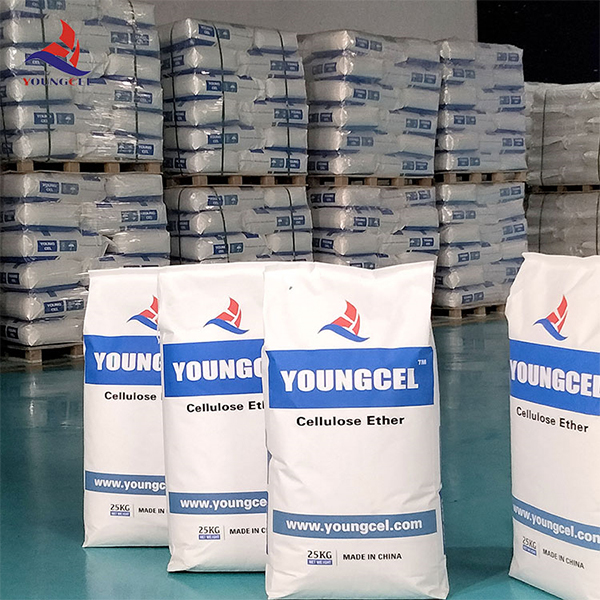Understanding RDP Adhesion Mechanisms and Applications
In the realm of materials science and engineering, the significance of adhesion cannot be overstated. It plays a crucial role in various applications ranging from construction to electronics. Among the various types of adhesion mechanisms, the topic of RDP (Redispersible Polymer Powder) adhesion stands out, especially in the context of building materials and adhesives. This article aims to explore the mechanisms behind RDP adhesion, its applications, and its importance in modern construction and manufacturing processes.
What is RDP?
Redispersible Polymer Powder (RDP) refers to a dry powder that, when mixed with water, can form a polymer dispersion. Typically derived from emulsions, RDPs are used to enhance the properties of various construction materials, including cement, mortars, and adhesives. They improve the workability, flexibility, and durability of these materials, leading to enhanced performance in their respective applications.
Mechanism of RDP Adhesion
The adhesion mechanisms involved with RDPs can be classified into physical and chemical interactions.
1. Physical Interactions When RDPs are added to a formulation and mixed with water, they rehydrate and disperse into fine polymer particles. As these particles come into contact with the substrate, they create a film through which interfacial adhesion occurs. This physical adhesion is largely due to van der Waals forces and hydrogen bonding, which, although weaker compared to chemical bonds, can still result in considerable attachment strength.
2. Chemical Interactions Chemical adhesion involves the formation of chemical bonds between the polymer and the substrate. This can occur through various mechanisms including covalent bonding, where functional groups from the RDP interact with compounds on the surface of the material it’s applied to. For example, in cement-based systems, the hydroxyl groups present in both the RDP and the hydrated products of cement can form robust interactions, enhancing the overall adhesion.
3. Hydration and Polymerization The hydration of RDP and the subsequent polymerization process significantly contribute to the adhesion quality. As water is added to the powder, not only do the polymer particles swell, but they also interlock with the surrounding matrix, forming a cohesive network. This network increases the thickness of the adhesive layer, improving stress distribution across the bond.
Applications of RDP Adhesion
rdp adhes

RDPs are widely used in various applications due to their beneficial properties
- Construction Materials In cement and mortar mixtures, RDPs improve flexibility, workability, and adhesion to different substrates, resulting in high-performance building materials that can withstand environmental stresses.
- Tile Adhesives RDP-modified tile adhesives are known for their excellent bonding strength and elasticity, making them ideal for applications in moist environments, such as bathrooms and kitchens.
- Plaster and Render Wall coatings that incorporate RDPs exhibit improved adhesion, reducing the risk of cracking or peeling. These properties are especially important in external renders that are exposed to varying weather conditions.
- Flexible Flooring RDPs are also utilized in adhesive systems for flooring applications. Their ability to provide both flexibility and strength ensures that floor tiles, vinyl, and other materials adhere effectively, reducing the likelihood of damage over time.
Importance of RDP Adhesion
The role of RDP adhesion in construction and manufacturing cannot be underestimated. It not only enhances the performance and durability of construction materials but also contributes to sustainable building practices by enabling the use of lower amounts of binder materials. By improving workability and reducing wastage, RDPs support environmentally friendly construction methods, thus paving the way for greener building solutions.
Conclusion
In summary, RDP adhesion is a vital aspect of modern material science that encompasses various mechanisms of interaction and application benefits. As the construction industry continues to evolve, the use of RDPs will likely expand, driven by the need for higher performance and more sustainable building practices. Understanding the intricacies of RDP adhesion can lead to the development of innovative materials and methods, ensuring better quality construction for generations to come.
-
The Application and Significance of Construction RdpNewsMay.19,2025
-
Industrial Grade HpmcNewsMay.19,2025
-
Building Coating Adhesive Building Coating Adhesive HpmcNewsMay.19,2025
-
Application Of Hpmc For Detergent For Detergent In DetergentsNewsMay.19,2025
-
Application Of Hpmc Cellulose In Cement-Based MaterialsNewsMay.19,2025
-
Application Of High Quality Hpmc For Construction In The Field Of ConstructionNewsMay.19,2025




